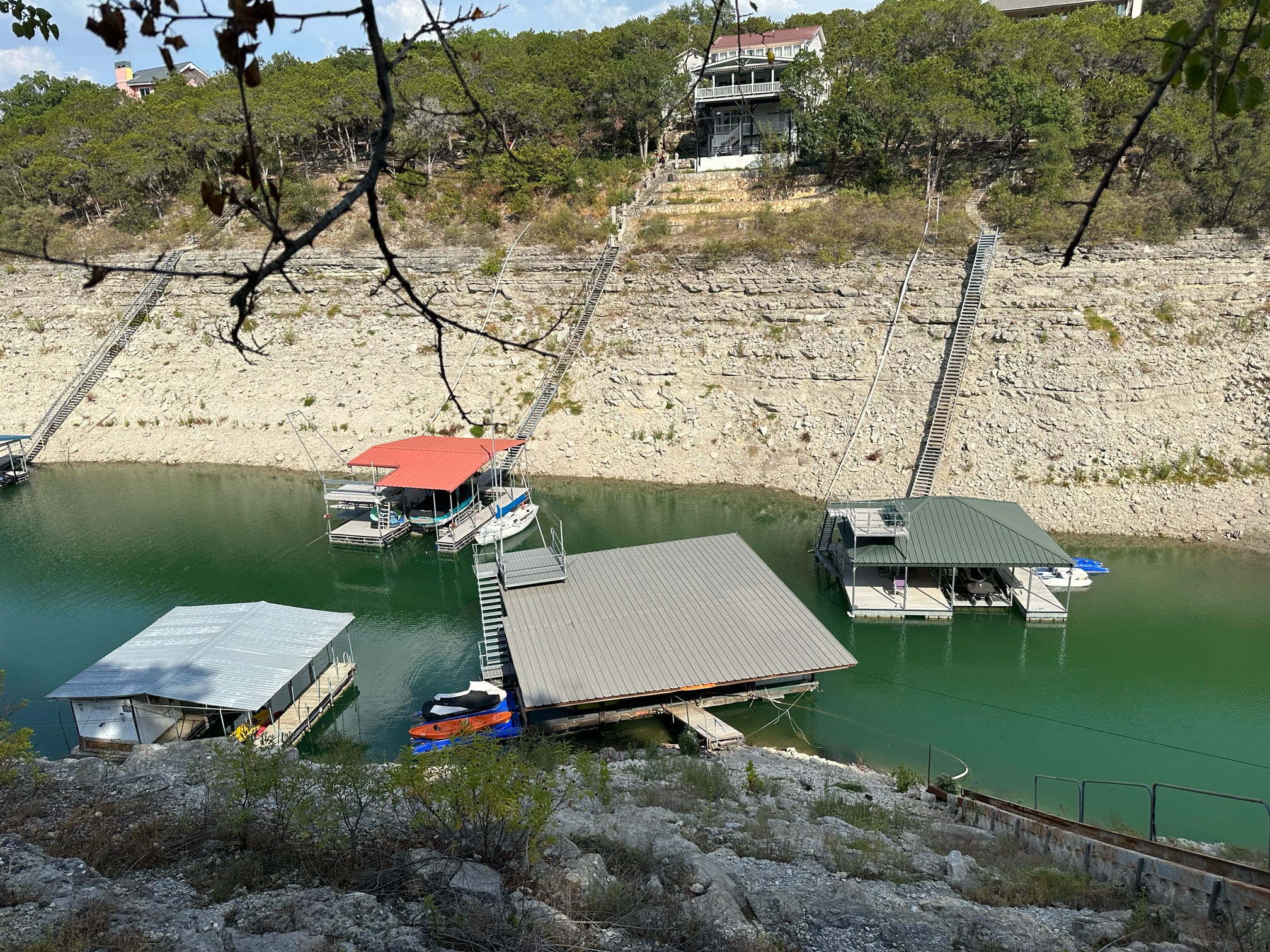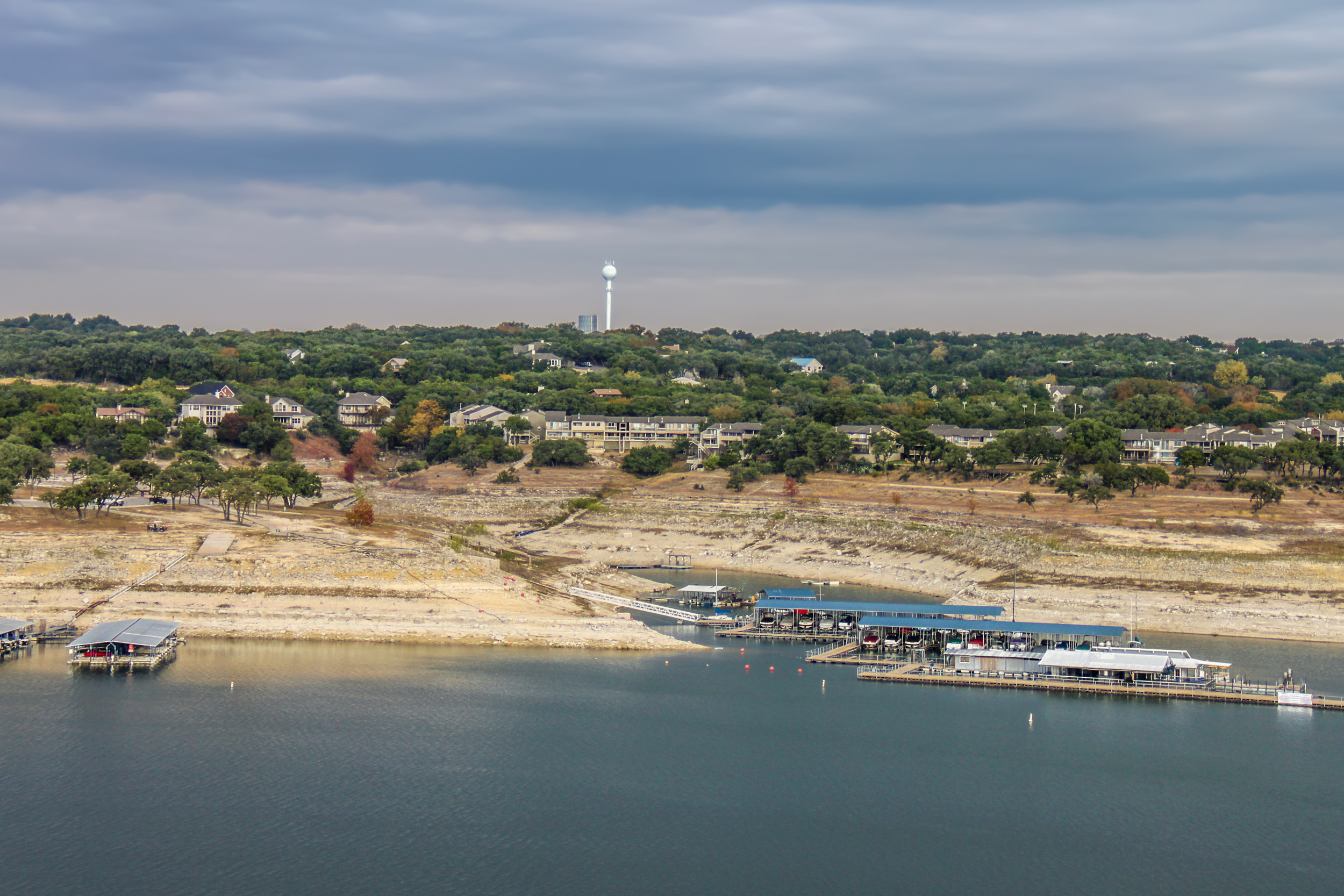Lake Travis Lake Level Today: Your Ultimate Guide To Current Water Levels And Trends
Understanding the current Lake Travis lake level today is crucial for residents, visitors, and stakeholders alike. Whether you're planning a recreational trip, monitoring water supply, or tracking flood risks, staying updated on lake levels is essential. Lake Travis, a key reservoir in Texas, plays a significant role in water management, energy production, and tourism in the region.
Lake Travis serves as both a recreational hub and a vital water resource for Central Texas. Its water levels fluctuate throughout the year due to weather patterns, rainfall, and human activities. By keeping an eye on the lake level today, you can better prepare for any potential changes that may affect your plans or the environment.
In this comprehensive guide, we'll explore everything you need to know about the current water levels of Lake Travis. From understanding the factors influencing lake levels to tracking real-time updates, we'll ensure you're well-informed about this critical resource. Let's dive in!
Read also:Glorilla Brothers The Rising Stars In The Music Industry
Table of Contents
- Lake Travis Overview
- Lake Travis Water Level Today
- Factors Affecting Water Level
- Real-Time Lake Level Data
- Historical Water Level Trends
- Lake Travis Flood Risk
- Lake Travis Drought Impact
- Lake Travis Recreation
- Lake Travis Water Management
- Conclusion
Lake Travis Overview
Lake Travis is a reservoir located on the Colorado River in Texas, managed by the Lower Colorado River Authority (LCRA). Created in 1942, it spans over 65 miles and serves as a key source of water for Central Texas. The reservoir also plays a critical role in flood control, hydroelectric power generation, and recreation.
Key Features of Lake Travis
- Surface Area: Approximately 19,000 acres
- Full Pool Elevation: 681 feet above sea level
- Maximum Capacity: Over 2 million acre-feet
The lake's primary purpose is to provide water storage for the Highland Lakes system, which supports millions of residents in the region. Its dynamic water levels make it an interesting and important subject for study and monitoring.
Lake Travis Water Level Today
As of the latest data, the Lake Travis lake level today stands at [insert current level]. This figure can vary significantly depending on recent rainfall, upstream inflows, and water releases. Monitoring these levels is essential for understanding the health of the lake and its surrounding ecosystem.
Residents and visitors can access real-time updates through LCRA's official website or mobile apps. These tools provide detailed information about the current elevation, inflows, and outflows, helping stakeholders make informed decisions.
Factors Affecting Water Level
1. Rainfall Patterns
Rainfall is one of the most significant factors influencing the Lake Travis water level. Periods of heavy rainfall can cause rapid increases in the lake level, while drought conditions can lead to significant drops. The Texas climate, characterized by its variability, makes predicting rainfall challenging.
2. Upstream Inflows
Water flowing into Lake Travis from upstream sources, such as tributaries and other reservoirs, also impacts its level. These inflows can fluctuate based on weather conditions and upstream water management practices.
Read also:Alyssa Diaz Rising Star In The Entertainment Industry
3. Water Releases
The LCRA regularly releases water from Lake Travis to meet downstream demands, including municipal water supply, agriculture, and industrial needs. These releases are carefully managed to balance competing demands while maintaining lake levels within acceptable ranges.
Real-Time Lake Level Data
For those seeking the most up-to-date information, several resources provide real-time Lake Travis lake level today data:
- LCRA Website: Offers detailed information about current and historical lake levels.
- Mobile Apps: LCRA's mobile apps allow users to track water levels on the go.
- Local News Outlets: Many local news stations report on lake levels, especially during periods of significant change.
These resources ensure that stakeholders have access to accurate and timely information about the lake's status.
Historical Water Level Trends
Examining historical trends provides valuable insights into the lake's behavior over time. Data from the past few decades reveal fluctuations caused by droughts, floods, and changing water management practices.
For example, during the historic drought of the 1950s, Lake Travis reached record-low levels. Conversely, heavy rainfall in recent years has caused the lake to reach near-full capacity. Understanding these patterns helps stakeholders anticipate future changes and plan accordingly.
Lake Travis Flood Risk
Understanding Flood Risks
While Lake Travis plays a critical role in flood control, it is not immune to flooding. Excessive rainfall and rapid inflows can overwhelm the reservoir's capacity, leading to potential flooding downstream. The LCRA closely monitors these risks and implements measures to mitigate their impact.
Flood Preparedness Tips
- Stay informed about current lake levels and weather forecasts.
- Develop an emergency plan for your family or business.
- Invest in flood insurance if you live in a high-risk area.
By taking proactive steps, residents can better protect themselves and their property during flood events.
Lake Travis Drought Impact
Drought conditions can significantly impact Lake Travis and its surrounding communities. Low water levels reduce the availability of water for municipal, agricultural, and recreational purposes. They can also affect local wildlife and ecosystems, leading to long-term environmental consequences.
During droughts, the LCRA implements water conservation measures to ensure the lake's resources are used efficiently. These measures may include restrictions on water usage, increased monitoring, and public awareness campaigns.
Lake Travis Recreation
Lake Travis is a popular destination for outdoor enthusiasts, offering a wide range of recreational activities. From boating and fishing to hiking and camping, there's something for everyone to enjoy. However, fluctuating water levels can impact these activities, making it essential to check current conditions before planning a trip.
Top Activities at Lake Travis
- Boating: Explore the lake's vast waters on a personal watercraft or rental boat.
- Fishing: Catch species such as bass, catfish, and sunfish in the lake's rich waters.
- Camping: Spend a night under the stars at one of the many lakeside campsites.
By staying informed about the Lake Travis lake level today, visitors can ensure a safe and enjoyable experience.
Lake Travis Water Management
Effective water management is crucial for maintaining the health and sustainability of Lake Travis. The LCRA employs a variety of strategies to balance competing demands while protecting the lake's resources.
Key Strategies
- Water Conservation: Encouraging responsible water usage among residents and businesses.
- Environmental Protection: Preserving the lake's ecosystem and biodiversity.
- Public Engagement: Educating stakeholders about the importance of water management.
Through these efforts, the LCRA aims to ensure that Lake Travis remains a vital resource for generations to come.
Conclusion
In conclusion, understanding the Lake Travis lake level today is essential for anyone with a stake in the lake's future. By monitoring real-time data, staying informed about factors affecting water levels, and supporting effective water management practices, we can ensure the sustainability of this critical resource.
We encourage readers to share this article with others who may benefit from the information. For more insights into Lake Travis and its surrounding region, explore our other articles on related topics. Together, we can protect and preserve this vital resource for the community.
Data Sources: LCRA Website, USGS, NOAA

